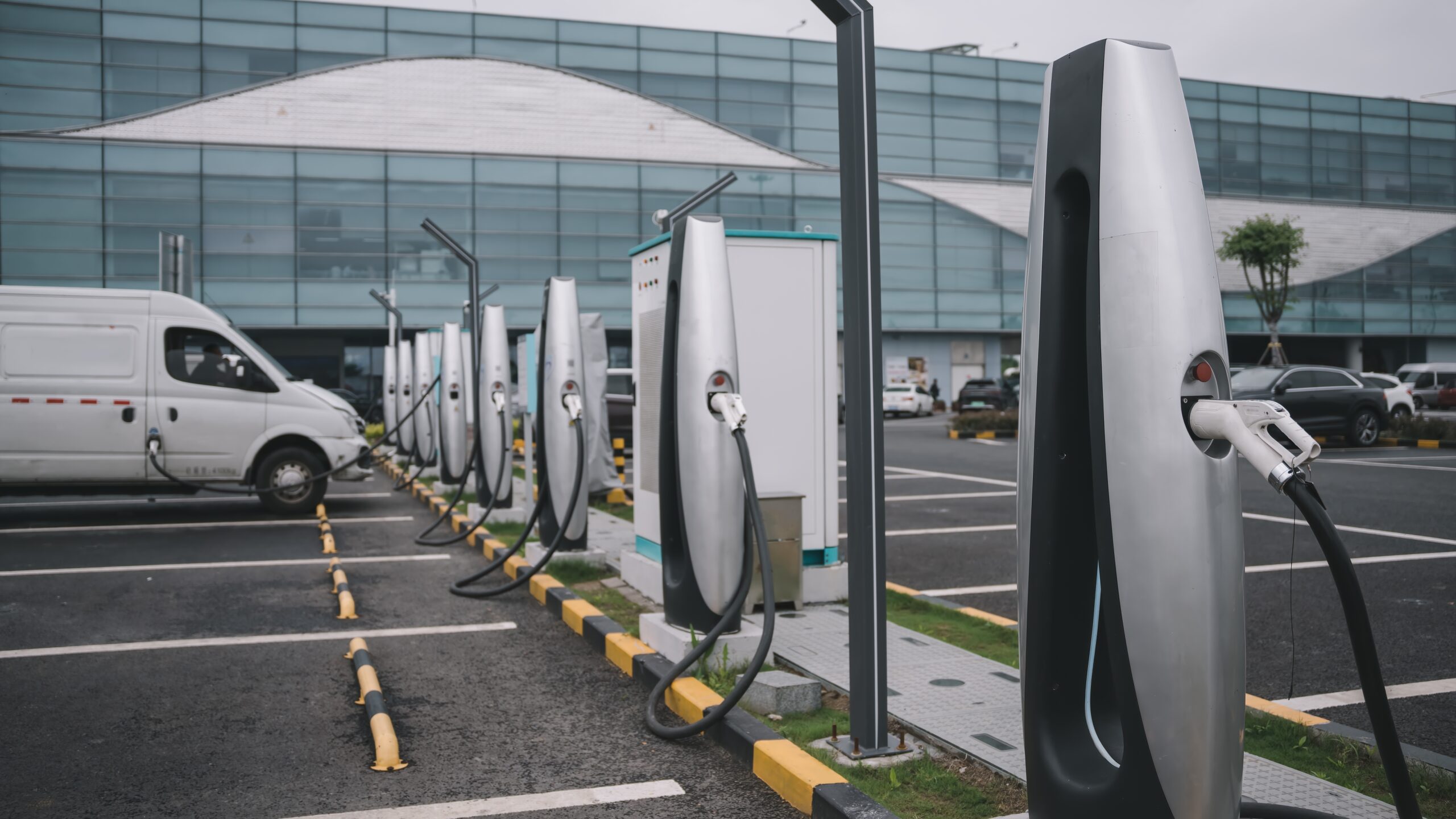The energy transition is a topic encountered everywhere: in politics, in newspapers, on TV, during social gatherings, and even in sports venues. The discussion often revolves around solar panels, electric cars, wind turbines, hydrogen, and nuclear power plants. What ultimately is the solution to our climate goals?
The answer likely lies in a combination of these technologies, with a focus on placing humans at the center. Personally, I don’t have enough knowledge of the energy transition to provide a well-founded opinion, but what I do know is that I drive many kilometers weekly in my electric car and live with my family in an energy-neutral house. In terms of living and working, I feel quite comfortable with this setup in the current times.
Cloud transition
The transition to the cloud has been a process underway for quite some time, much longer than the energy transition. I still remember the time “when electricity was just normal,” and that doesn’t even seem so long ago. For nearly 15 years, I have actively participated in the cloud transition from various perspectives. I’ve witnessed the emergence of terms like private cloud, public cloud, hybrid cloud, IaaS, PaaS, SaaS, and even the sovereign cloud.
Along the way, many obstacles have been overcome, and old discussions often resurface in new forms. Questions about data location, vendor lock-in, and other challenges are familiar. We’ve learned a lot from the early days of cloud migrations: some legacy applications or systems turned out to be unsuitable, adoption wasn’t always smooth, and users had to adjust to their new environments.
The shift from CAPEX to OPEX was not always accurately estimated in the long term. Customers and suppliers didn’t always clearly define responsibilities upfront, and sometimes we had to rely on manufacturers eager to offer their best products.
Meanwhile, the transition to the cloud generally proceeds smoothly. There are countless options, many off-the-shelf building blocks, and experienced suppliers. The infrastructure is robust, and there is almost always a form of cloud that specifically fits the desired situation.
What I’ve learned most in the past 15 years during the cloud transition is that there are suitable solutions for every situation. Forward thinking and anticipation are essential and crucial. When we integrate something into a solution, we must already consider how we can eventually phase it out. This keeps our solutions dynamic and prevents surprises.
Conclusion
In my view, the cloud transition and the energy transition share one clear similarity: there is no one-size-fits-all solution that works in every case. It’s about a combination of technologies and a human-centered approach.
And as for the energy transition, that discussion is likely to continue for some time, not least due to societal acceptance. Not everyone is convinced of the necessity of the energy transition.
Based on my experience, I believe that many setbacks, bad experiences, and new inventions will ultimately lead to the most suitable end result.
Rens Braak


